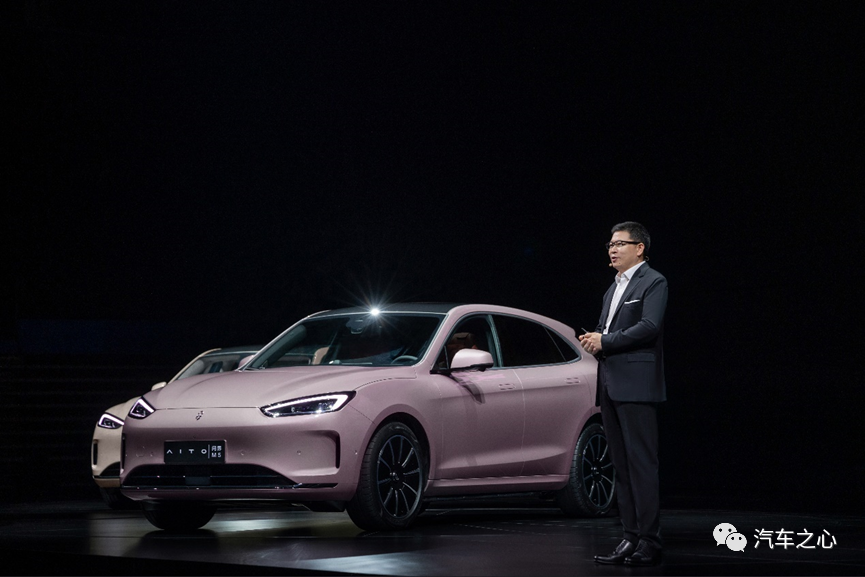Author: Zheng Senhong
Since the delivery of the first model M5 in March this year, it has only taken 6 months for WM Motor to achieve a delivery record of 35,617 units. This growth rate far surpasses that of the early new players, such as Weima, XPeng Motors.
After the release of M5 and M7, WM Motor chose to step out of its comfort zone and enter the core battlefield of new energy vehicles.
On September 6, WM Motor officially released the M5 EV version, with prices of 288,600 yuan and 319,800 yuan respectively, including two versions of single motor rear-wheel drive and dual motor four-wheel drive.
From September 6, the WM Motor M5 EV will be gradually displayed in real cars at over 180 cities and over 820 Huawei stores across the country. Test drives and reservations will be available from September 24 at over 180 cities and over 820 Huawei stores.
The speed of this development has made many new players look up to them.
As the first pure electric model of WM Motor, what makes the M5 EV worthy of entering such a fiercely competitive “red ocean” battlefield?
Leading Model Y in every aspect?
Entering such a fiercely competitive “red ocean” battlefield, the most critical factor to win customer trust and gain a foothold is to ensure the product strength.
The WM Motor M5 can be regarded as a dark horse in the new energy field this year, not only becoming another hot-selling extended-range product following the Ideal ONE, but also taking advantage of the title of the brand that delivered the most extended-range models in August this year.
As the name suggests, the WM Motor M5 EV is an all-electric model, with the overall design style based on the WM Motor M5 and adjusted for pure electric performance.
Firstly, to reduce the drag coefficient, the M5 EV includes a closed front grille, hidden door handles, 20-inch aerodynamic wheels, and other features, resulting in a drag coefficient of only 0.266Cd, even lower than that of the BMW iX3, Mercedes-Benz EQC, and Audi Q5 e-tron, all of which have a 0.29Cd drag coefficient.

Looking at the competitive models listed at the entire press conference, BBA’s three models were always surpassed by Yu Chengdong’s.
Secondly, the WM Motor M5 EV guarantees its appearance. Yu Chengdong stated that the M5 EV’s drag coefficient could actually be even lower, but based on aesthetic considerations, they chose a compromise and sacrificed the product’s appearance in pursuit of a lower drag coefficient.
For example, the Tesla Model Y only has a drag coefficient of 0.23Cd, but Yu Chengdong thinks its design is ugly, with a low front and high back.
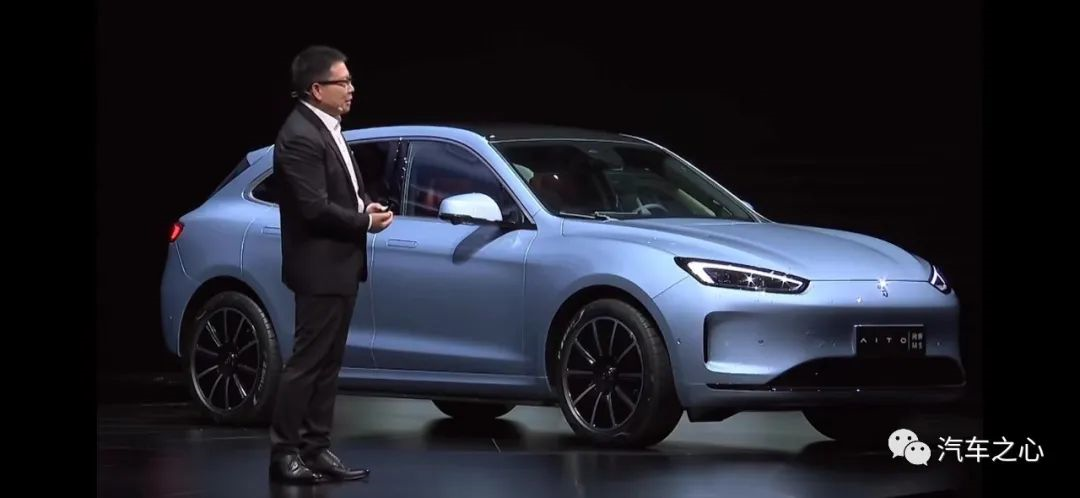 The battle between Wanjie M5 EV and Model Y is not only at the styling level, but also covers many areas where Wanjie M5 EV will soon enter the market segment dominated by Model Y.
The battle between Wanjie M5 EV and Model Y is not only at the styling level, but also covers many areas where Wanjie M5 EV will soon enter the market segment dominated by Model Y.
For example, in today’s world where panoramic sunroofs are popular, without electric sunshades, users are only left with the feeling of being baked by the sun. Especially for Tesla, which pioneered large-area glass roofs, although the design has become mainstream, the heat insulation and sun protection effect has become an opportunity for second-tier dealers.
The panoramic sunroof of Wanjie M5 EV is equipped with a micrometer double-layer silver-plated heat insulation technology, which reduces the temperature of the inner surface of the sunroof by 20 degrees Celsius compared to the Model Y.
For example, the heat pump that can make electric vehicles achieve air conditioning freedom. It takes Model Y 20.2 minutes to lower the temperature of the car to a comfortable level. In contrast, Wanjie M5 EV only takes 9.6 minutes to cool down in summer, which is less than half the time of Model Y.
Moreover, Huawei is the only company in the world that has dynamic adaptive torque system (DATS), apart from Tesla. Huawei can easily crush Tesla with this technology. By automatically adjusting the torque according to road conditions, the adaptive torque system can improve the comfort and handling of the vehicle. HUAWEI DATS can achieve rapid response in milliseconds, with a response latency reduced to 4ms, which is 100 times faster than traditional fuel vehicles.
At this point, Wanjie M5 EV once again defeats Model Y in many aspects, including the speed bump surface and asphalt surface under international testing conditions.
In addition, including vehicle body torsion stiffness, interior noise, power performance, and cruising range, Yu Chengdong regards Model Y as the “background board” of Wanjie M5 EV.
In fact, the scene is similar to the Huawei smartphone launch conference that conducted a comprehensive comparison with iPhone products. However, there is one more thing that Yu Chengdong believes that Wanjie M5 EV completely crushes all products currently available on the market: Huawei HarmonyOS car system.# The WAIJIE M5 EV – The First Pure Electric Vehicle Equipped with HarmonyOS 3
According to Richard Yu, the CEO of Huawei’s Consumer Business, the WAIJIE M5 EV is the first pure electric vehicle equipped with HarmonyOS 3. Executing on this vision, the car is described as having the smartest infotainment system and the most user-friendly intelligent cockpit in the world.

Building on the experience of the WAIJIE M5 extended range version and the WAIJIE M7, the HarmonyOS 3 introduces smooth performance, effortless usability, a third-party ecosystem, intelligent charging management, and intelligent vehicle operation.
With the new upgrade of Xiaoyi voice assistant and Super Desktop, these features not only provide reminders of smart driving statuses, such as low battery power and driving fatigue, but also allow seamless interaction between smartphones and vehicle functions, as well as unlocking new experiences.

Moreover, the WAIJIE M5 EV has a new dual-screen co-synthesis feature, as well as a mobile phone collaboration function. Even more impressively, the vehicle’s screen can interact with PCs in multi-screen collaboration mode, and synchronize mobile phone agendas, maps, and other information to the infotainment screen, even in areas of poor connectivity.

Regarding electric charging, HarmonyOS 3 can display the remaining driving range, monitor real-time power use, and plan a route to charging stations. Furthermore, in emergency situations, this feature provides up to 12 kilometers of emergency mileage with a single click when the battery is at 15% power.
Overall, the WAIJIE M5 EV owes a large part of its allure to Huawei’s technology. It is this strength that inspires the vehicle to directly challenge the head players in the subdivision market.

Compared with the Tesla Model Y, the WAIJIE M5 EV achieves a balanced performance. The only disadvantage, perhaps, is that Tesla has an unmatchable proprietary charging network, which is the power deficiency the WAIJIE faces as it steps into the pure electric domain for the first time.Actually, when Huawei entered the automotive industry as a super supplier, it represented that there would be a positive confrontation between Huawei and Tesla someday. But before the two had formed real competitors, and with the launch of the AITO Wanjie M5 EV, which directly entered Tesla’s home turf, the battle between Huawei and Tesla was officially launched.
From the competitive perspective, Huawei is obviously not afraid of Tesla, which has achieved significant success in the new energy field. However, when it comes to the AITO Wanjie M5 EV, perhaps Huawei is reserved as the phenomenon of “pricing in the wrong way” can be seen.
Why launch a pure electric version?
Before the AITO Wanjie M5 EV launch event, Yu Chengdong had done a warm-up on social media:
“In pure electric priority mode, the extended-range AITO Wanjie M5 and M7 can run about 200 kilometers on one charge. Since the charging infrastructure is not yet complete in many places, you can use AITO Wanjie M5 and M7 as fuel vehicles when charging is inconvenient. In fuel priority mode, M5 and M7 have twice the acceleration performance of fuel vehicles, only half the fuel consumption, and an intelligent experience that fuel vehicles do not have. If charging is convenient, our AITO Wanjie M5 EV pure electric version is the best choice. It is powerful, has excellent endurance, comfortable to drive, looks good and is easy to drive.”
“If charging is convenient”, thankfully, after praising his own extended-range product, Yu Chengdong did not destroy Huawei’s pure electric product and forcefully pulled it back.
The current mainstream new energy vehicles are divided into pure electric, plug-in hybrid, and extended-range hybrid departments. In the context of current anxiety about endurance and replenishment, plug-in and extended-range hybrid systems are undoubtedly the best alternatives.
For example, the extended-range hybrid is equivalent to adding a “power bank” to the car. The engine does not directly drive the wheels but generates electricity through the extended-range engine to drive the motor and sends the remaining power to the battery for storage.
Especially as the first ideal that successfully made the extended-range route viable, the appearance of the extended-range has become the best balance between range anxiety and pure electric driving for consumers.
Even with how close the ideal product power is to the family concept, or with the support of Huawei’s smart technology, AITO Wanjie, the extended-range undoubtedly plays a key booster role in the dazzling achievements it has created.
So, why does AITO Wanjie want to launch a pure electric version?
In terms of product system, this is a strategy for carmakers to maximize the product power of their flagship models, such as Huawei Mate 50 launching low-end E version, standard version, high-end Pro version, and limited edition Porsche version at the same time, providing diversified choices for different needs of people, but this is no longer just a product logic in the technology field.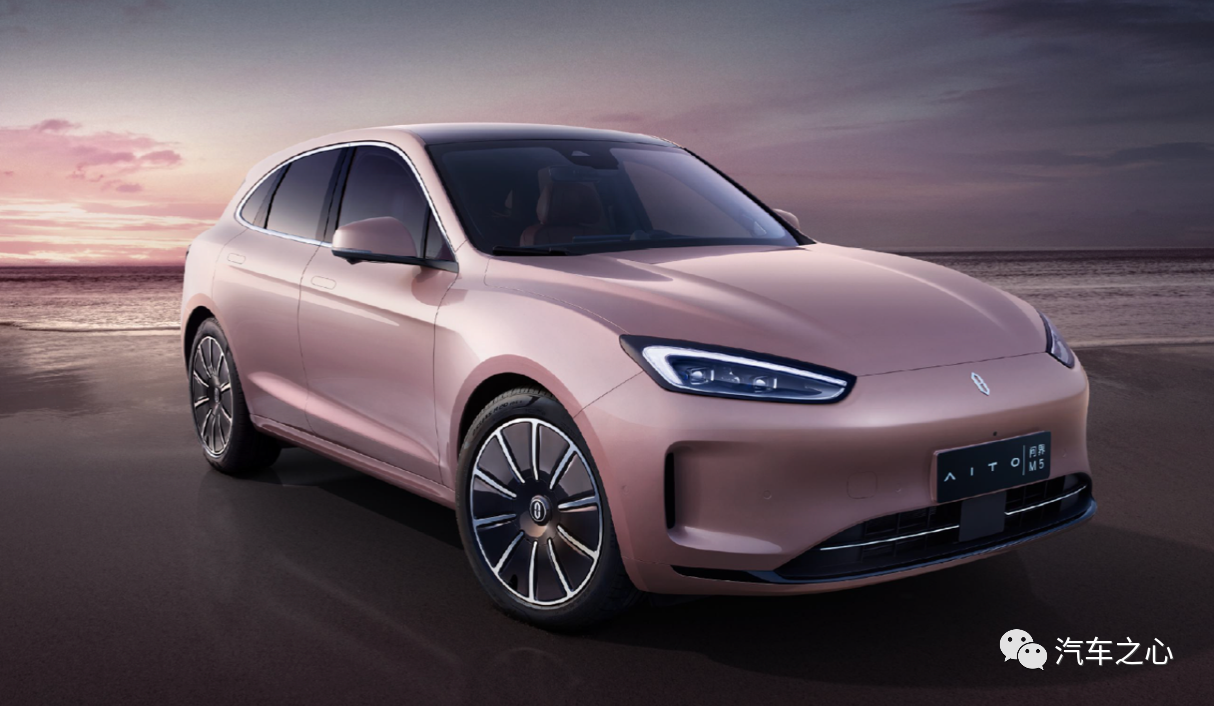
In the automotive industry, multiple models of BYD, such as hybrid and pure electric versions, as well as extensions and pure electric versions of Voyah Free/Mindvilla, and even other pure electric brands with both fast charging and battery swapping, have a consistent trend.
The Voyah M5 extension version can meet the needs of users with high requirements for high-speed travel, while the EV version is mainly targeted at users for city commuting.
In other words, the layout of the pure electric version to some extent compensates for the product limitations of the Voyah M5, and through differentiated solutions, it adjusts to the needs of segmented markets and different user groups and enhances the product value.
From a market perspective, the mid-size SUV segment has always been a highly competitive area that every brand hopes to showcase. With the rapid development of new energy vehicles and fierce competition within the industry, new energy vehicle manufacturers have also successively launched a number of pure electric midsize SUV models.
Analyzing data shows that with the continuous increase of the penetration rate of new energy, the market share of midsize pure electric SUVs is expected to rise to 19% in the next four years, making it the second largest SUV sub-segment market.
Ideal, which also aspires to the pure electric market, plans to launch two high-voltage pure electric vehicles in 2023 and at least two pure electric vehicles every year.
But before stepping into the pure electric market, Ideal CEO Li Xiang believes that the car must meet the 800V voltage platform, national-level 500A fast charging standards, and the 4C charging rate of the battery before it is suitable for launching a pure electric car.
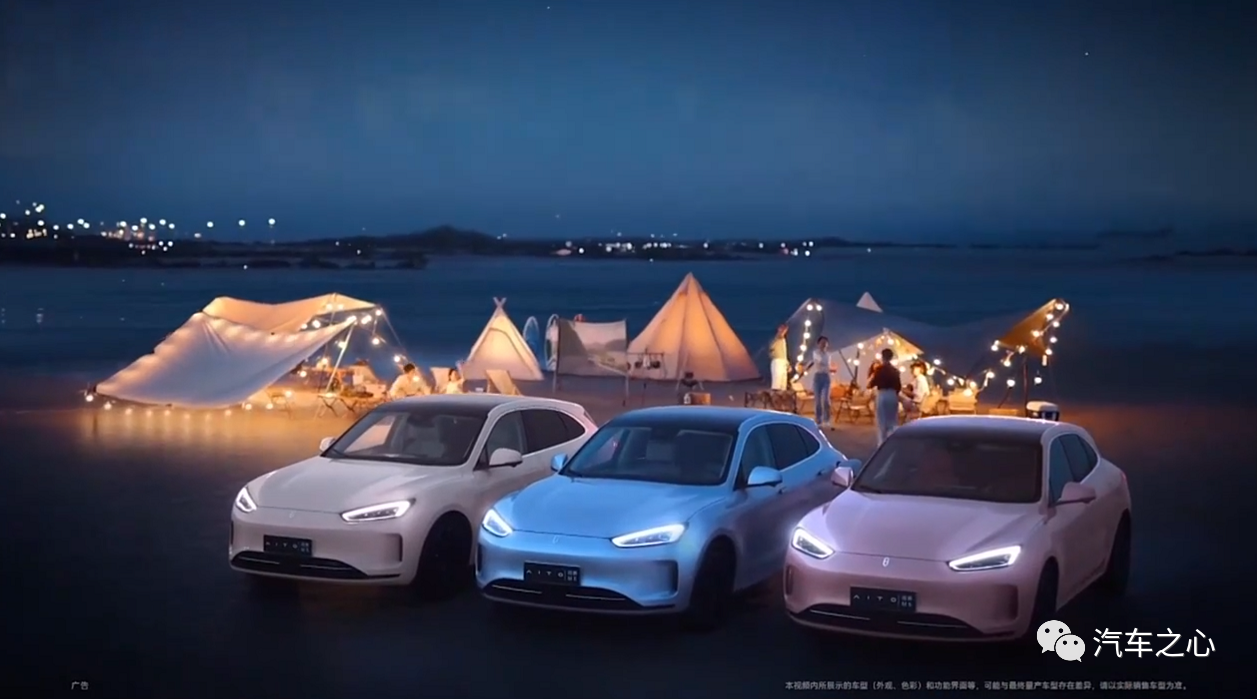
Implicitly, even though extension has always been seen as a transitional choice between fuel and pure electric vehicles, plug-in and extension hybrid systems still have market space before issues such as energy replenishment and range anxiety for pure electric cars are addressed.
Extension mode is a faster and more realistic choice, which is consistent with what Zhang Xinghai, the actual controller of Xiaokang Group, said, that “the fastest time window to complete what we want to do and what users want.”
The dual-track strategy of extension + pure electric is undoubtedly able to help Voyah seize a broader market.
As of July this year, Model Y has already achieved a delivery record of over 300,000 vehicles in China, continuously and extensively occupying the mid-size pure electric SUV sub-segment market with strong product and brand strength.
The Voyah M5 extension version has crossed the threshold of 10,000 monthly deliveries and maintains a growing momentum of supply and demand.
With the launch of pure electric models, the Voyah M5 can perhaps nibble at the new energy midsize SUV market with the complementary nature of pure electric and extension, and the market expectations of Voyah M5 EV may be close to the performance of the earlier extension version.## Fast, Becoming the Typical Tag in the Automotive Industry
In the current wave of new forces in the automotive industry, it has become the norm that the time gap between new car releases and deliveries is over a year, and even months between pre-sale and launch has become common practice. “Futures-style” has become a popular gameplay in the automotive industry, but Arcfox (an EV brand under BAIC Group) has scorned the mainstream trend.
- 72 days: The Arcfox M5 got extended-range version, launched and delivered.
- 51 days: The Arcfox M7 launched and delivered.
- 5 months: Arcfox EV set its record for over 10,000 deliveries in a single month.
- 9 months: Arcfox keeps delivering three new models consistently.
- …
Whether it is in terms of product system construction or capacity and delivery scale, Arcfox’s speed is rare in the industry. In Mr. Yu Chengdong’s words (CEO of Huawei’s Consumer Business Group), “there has never been a faster one in the 100-year history of automobile manufacturing.”
The reason for such speed is partly because the three Arcfox models themselves are “remodeled” products, including the Arcfox M5 that is converted from Segway’s SUV SF5, and the Arcfox M7 which is the revised version of Dongfeng Fengguang’s iX7, although they completely present different products through detailed processing, they are still based on the original body and chassis architecture.
Such products that are not developed from scratch have advantages in production speed. Although there may be questions about copycatting and rebranding of products, as a 2C product, automobiles’ software and hardware, such as product definition, user brand awareness, channels, marketing, have gradually become the core factors.
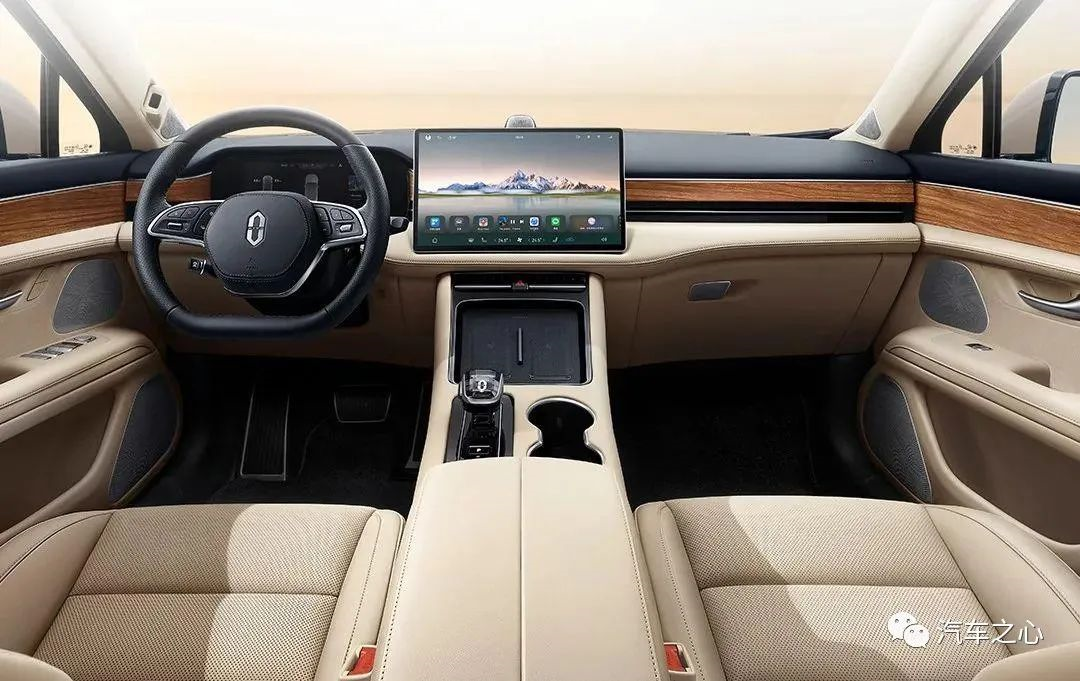
The Huawei brand endorsement, marketing and channel advantages have greatly boosted the AITO brand which falls under Huawei Group. The powerful brand awareness that Huawei built up in the field of intelligent terminals has provided AITO with a huge influx of traffic. With Huawei’s support, AITO quickly established brand influence.
At present, Huawei can provide more than 820 stores for test driving and car purchasing experiences for Arcfox, covering more than 180 cities. It is expected that the number of stores will reach more than 1,200 by the end of 2022.
Under this model, the products under the Arcfox brand come with a sort of brand halo. The whole set of software and hardware solutions provided by Huawei has naturally become the core competitiveness of the product.
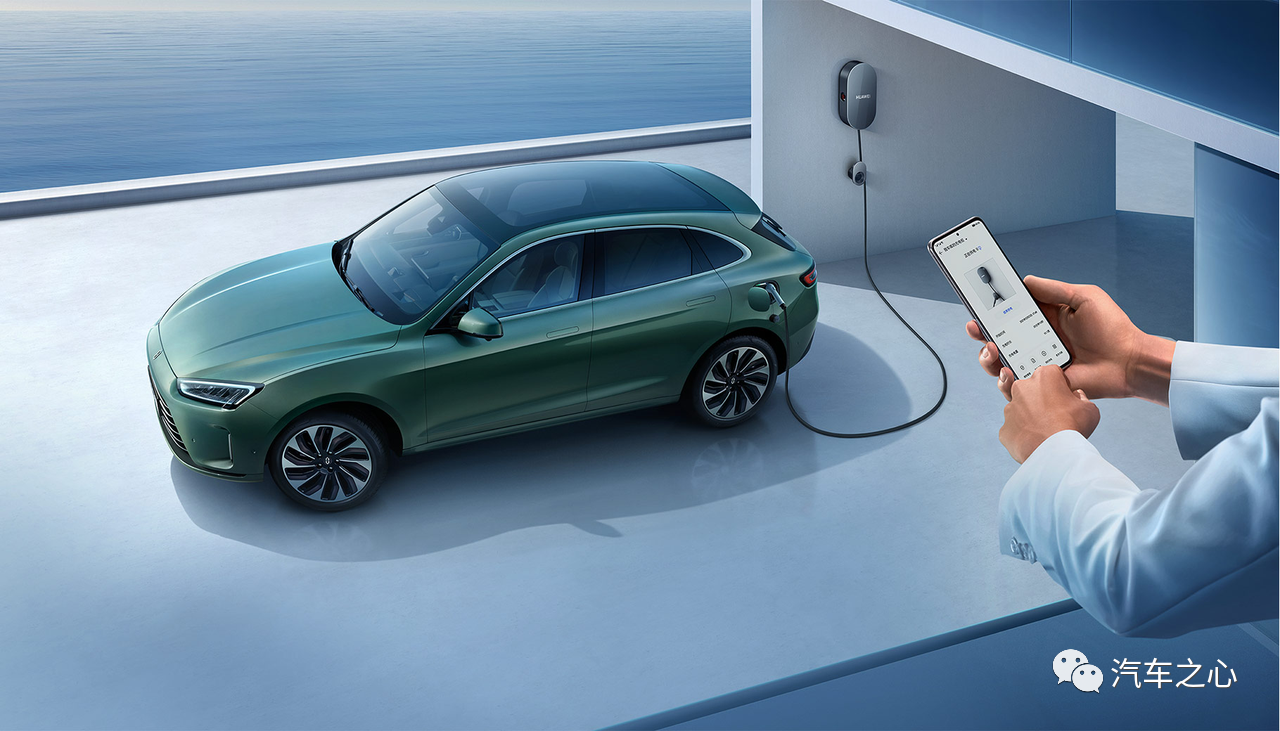
On the other hand, the current intelligent driving level of Arcfox products is only at the “usable” stage, and Huawei has stated that if it is equipped with Huawei HI Full Stack Intelligent Automobile Solution, it may be difficult to maintain the product layout efficiency as it is. However, in terms of future product planning, the two parties have planned to equip Huawei HI solutions on the next generation of Arcfox models.Outside of its product lineup, the rapidly growing Wan Jie also serves as proof of the successful collaboration between CELINE and Huawei, where 1+1>2. Both parties are skilled at building momentum, merging their strengths together, and complementing each other’s best aspects.
Huawei and CELINE, one front and one behind the scenes, have become increasingly close in their collaboration, with better coordination and cooperation.
As for whether the M5 EV from Wan Jie can take up the typical label of the Wan Jie brand, perhaps the fact that it secured 30,000 orders within three hours of its pre-sale is the most intuitive answer.
This article is a translation by ChatGPT of a Chinese report from 42HOW. If you have any questions about it, please email bd@42how.com.
